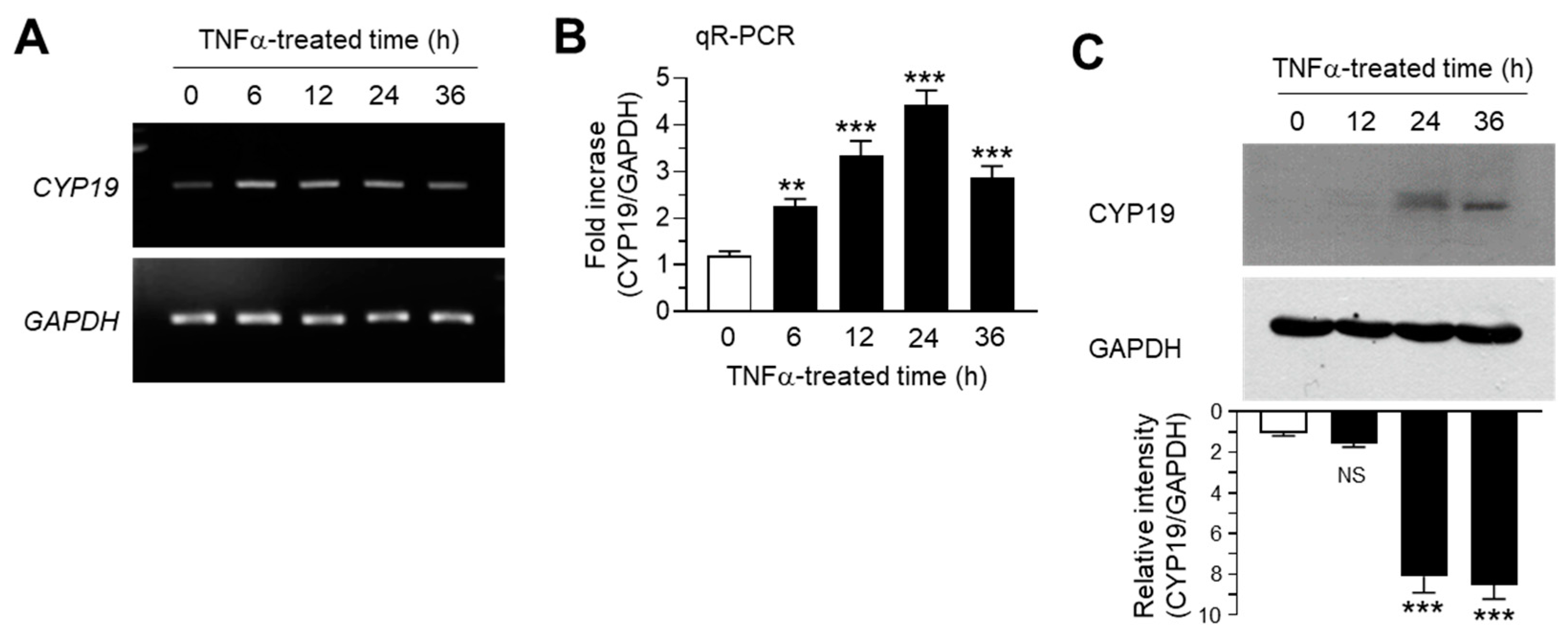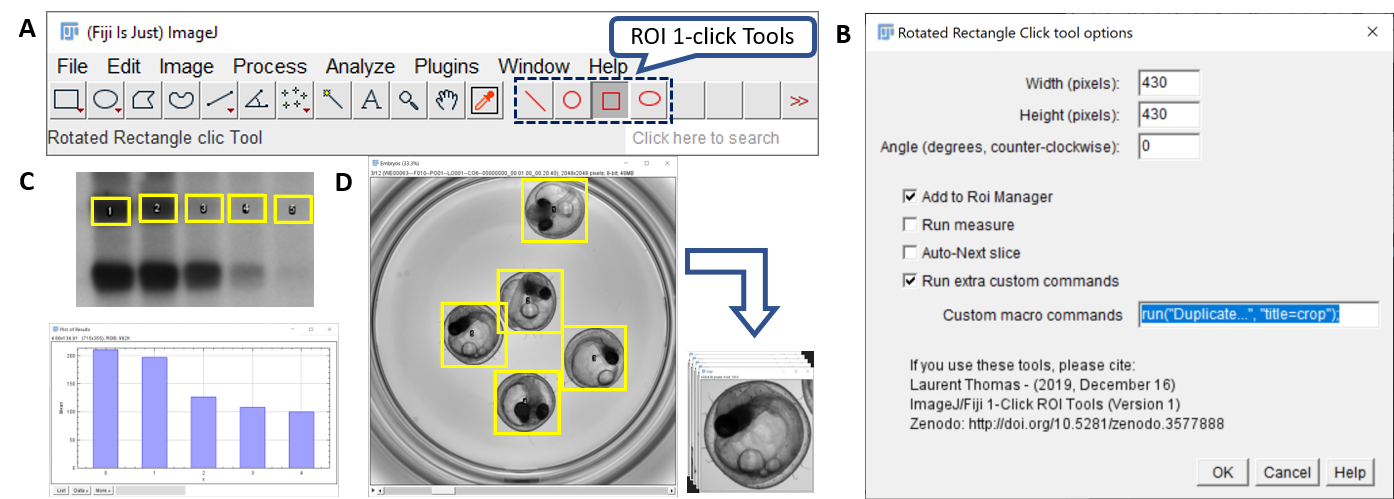

PP2Ac undergoes post-translational modification on its unstructured carboxy-terminal tail, phosphorylation on T304 and Y307, and methylation on 元09 19. PP2A must be activated before being assembled into an active holoenzyme, which is a heterotrimeric complex comprising one catalytic domain, one scaffold subunit, and one of many possible regulatory subunits 18. PP2A is one of the main serine/threonine phosphatases in mammalian cells and maintains cell homeostasis by counteracting most of the kinase-driven intracellular signaling pathways 17. These contradictory autophagy roles contribute to tumor cell survival or tumor suppression, acting as a double-edged sword in cancer 16. In addition, autophagy has been implicated in the survival of dormant tumor cells and, more importantly, may be critical for renewed growth of these tumor cells.

Recent studies have also shown that autophagy induction causes resistance to multiple standard chemotherapeutic agents, such as paclitaxel 15. Paradoxically, much evidence also supports a role for autophagy in maintaining tumor cell survival under metabolic stress 14. Therefore, autophagy may suppress liver and pancreatic tumor initiation by limiting tissue damage. Autophagy suppresses tissue damage, chronic inflammation, DNA damage response, and genome instability, which are known to initiate cancer 13. Depending on the context, autophagy promotes tumor cell survival or conversely suppresses tumorigenesis. The AMPK sites in ULK1 include S556, S638, and T660.

AMPK binds ULK1 directly, leading to ULK1 phosphorylation and activation 12. mTOR inhibits autophagy via ULK1 phosphorylation at serines 638 and 758 11. ULK1 is regulated by mammalian target of rapamycin complex 1 (mTORC1) and AMP-activated protein kinase (AMPK). Among ATG proteins, ULK1 (ATG1) is a serine/threonine kinase and the most upstream component of the core autophagy machinery 10.
THE INTENSITIES OF BANDS WERE DETERMINED BY IMAGEJ SOFTWARE SERIES
Once activated, a series of protein complexes composed of autophagy-related gene (ATG) products orchestrate the formation of double membrane vesicles called autophagosome that engulf cytoplasmic cargo, including proteins, organelles, and autophagy receptors such as sequestasome1 (p62) 9. While basal autophagy is generally present in cells, autophagy can be strongly activated in response to a variety of stresses, such as hypoxia and nutrient starvation 8.

Given this contradictory role in physiology and disease, further investigation in terms of metabolism and cancer is warranted 6.Īutophagy is an ancient and highly evolutionarily conserved catabolic process that targets proteins and organelles within the cell for lysosomal degradation 7. Recent papers have highlighted the metabolic function of NNMT, which is beneficial for the host in the liver but unfavorable in adipose tissue 4, 5. According to microarray and proteomic data, NNMT is highly expressed in various cancer types, including renal clear cell carcinoma, bladder cancer, gastric cancers, and colorectal cancers 3. Since NNMT utilizes the NAD+ precursor NAM and the methyl donor SAM, its activity may affect two enzyme types: NAD+-dependent enzymes and SAM-dependent methyltransferases 2. Nicotinamide N-methyl transferase (NNMT) is a methyltransferase that transfers a methyl group from S-adenosyl-L-methionine (SAM) to nicotinamide (NAM) to produce S-adenosylhomocysteine and 1-methylnicotinamide (1MNA) in the methionine cycle and is one of the key effectors of global methylation status in the cellular metabolome 1.


 0 kommentar(er)
0 kommentar(er)
